Sulforaphane is a natural plant compound that has shown incredible health-boosting potential in numerous studies. It may help to lower inflammation, protect your heart and brain, and improve detoxification— all of which are key to combating many “modern day” ailments.
In its natural form, sulforaphane is found in cruciferous vegetables BUT you don’t have to be a broccoli lover to benefit from it (more on that later). However, it is important to understand how sulforaphane gets activated so that you aren’t consuming a useless form of it.
Here’s more on the key research-backed benefits of sulforaphane and how to make sure it’s in your diet.
What is Sulforaphane? A Super Plant Compound
As mentioned, sulforaphane is a natural plant compound found in cruciferous vegetables. It is a sulfur-rich compound that contributes to the distinct flavor of this vegetable group and has many active properties.
That being said, sulforaphane is not active when it’s simply “sitting” in the plant. This is because the compound is stored in cruciferous vegetables in its inactive form, which is known as glucoraphanin.
In order for glucoraphanin to transform into the active sulforaphane, it has to come into contact with an enzyme known as myrosinase. The good news is that myrosinase is also present in cruciferous veggies. It gets released when the cell walls of the plant material are damaged— as in chopping, chewing, etc.
This means that simply crunching on a piece of broccoli is enough to release the valuable sulforaphane in its active form.
Another key piece of information to keep in mind is that the more you heat cruciferous vegetables, the less sulforaphane they will contain. From research, it appears to be a very heat-sensitive compound. To give you an example, raw broccoli contains up to 10 times more sulforaphane than the cooked version.
Why do you want to get the maximum amount of sulforaphane possible?
This amazing compound has documented anticancer potential, natural detox power, antimicrobial properties, and more…
Top Benefits of Sulforaphane
Combats Inflammation in Your Body

You’ve probably heard of chronic inflammation— the kind that’s linked to many chronic and “age-related” diseases. It’s a byproduct of constant stress, toxin overload, and many other facets of modern life and can be difficult to combat.
Something that has become clear as our understanding of inflammation advances is that particular compounds found in plants are some of the top known inflammation-fighters. Antioxidants, in particular, neutralize one of the main root causes of inflammation: free radical damage.
As a prime example, curcumin (found in turmeric) and resveratrol (found in grapes and red wine) both combat inflammation and disease at the cellular level. Significantly, both also act as antioxidants within your body.
Sulforaphane has not received nearly as much attention as curcumin or resveratrol. However, recent research indicates that it may be just as powerful for combating inflammation. In fact, for certain types of inflammation it even outperformed the other two compounds.
Interestingly, sulforaphane does not have direct antioxidant activity itself. What it does do is activate your body’s natural cellular antioxidant defense system, which could explain why it seems so effective against inflammation.
Supports Natural Detoxification
As mentioned in the previous section, one of the top benefits of sulforaphane is that it helps activate other antioxidants within your body. This valuable property plays a key role in another benefit: detoxification.
Detoxification is a natural process happening within your body all the time. Not only does it rely heavily on certain organs like your liver, kidneys, and colon, it also uses antioxidants and other molecules to get rid of cellular toxins.
One of the most critical antioxidants for effective detox is glutathione. Also known as “the master antioxidant”, glutathione is involved in many processes within your body and has anti-aging properties. Notably, it’s very important for getting chemicals, heavy metals, and other toxins out of your body.
Sulforaphane has demonstrated an ability in studies to specifically restore cellular levels of glutathione.
If you are interested in technical details, it does this by activating the Nrf2 and ARE pathways (both of which are involved in making glutathione). This, combined with the activation of other antioxidants, makes sulforaphane a very powerful detox-supporter.
Cancer-Fighting Potential
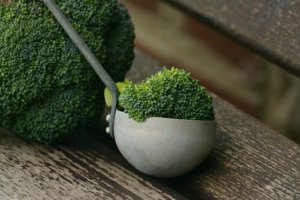
If you’ve done any research on the health benefits of cruciferous vegetables, you know that they are powerful cancer fighters. In fact, studies have shown an association between a higher intake of cruciferous veggies and a lowered cancer risk.
Sulforaphane is one of the key compounds that gives broccoli and all its cousins such amazing anticancer potential.
It has shown some powerful protective properties by stimulating certain enzymes that help to rid your body of carcinogens AND by protecting DNA from mutations that could develop into cancer. This is a huge contribution to the potential for cruciferous vegetables to help prevent cancer.
Lab studies have also revealed possible benefits of sulforaphane against active cancer cells. It has inhibited a variety of cancer cells, including breast cancer. One study even commented: “Plant-based dietary agents such as sulforaphane mimic chemotherapeutic drugs such as vorinostat…”. That’s quite a statement!
Now, keep in mind that these results have yet to be translated to a clinical setting. That being said, all the current evidence is in favor of getting sulforaphane regularly through your diet— and eating more broccoli.
May Improve & Protect Brain Function
Given its anti-inflammatory and antioxidant-promoting nature, it’s no surprise that sulforaphane is good for your brain.
Inflammation and free radical damage affect your brain just like the rest of your body. It’s critical to reduce both of these to keep your mind healthy and sharp as you age.
Studies on sulforaphane indicate that not only does it increase blood levels of the antioxidant glutathione, it also specifically increases glutathione in the brain. This could be a very important finding because low levels of glutathione have been linked to increased oxidative stress in the brain and the development of brain disorders.
Other research has shown that sulforaphane may help protect your brain from cognitive decline. It has also been linked to improved recovery after brain injury in animal studies.
May Benefit Those with Autism Spectrum Disorder
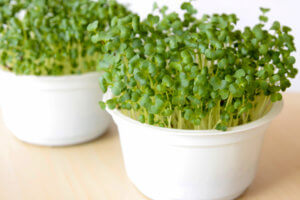
A small research study from 2014 has indicated that there may be benefits of sulforaphane for autism.
In the study, 29 young men with autism spectrum disorder (ASD) received a sulforaphane supplement derived from broccoli sprouts for 18 weeks. The other 15 participants received a placebo.
After the 18 weeks were up, behaviors in both groups were analyzed. Unsurprisingly, the placebo group experienced minimal to no changes. On the other hand, the sulforaphane group had significant improvements in verbal communication, social interaction, and other behaviors.
Obviously, this is only one small study, but it does highlight the potential of sulforaphane for those with autism. The researchers particularly noted the “negligible toxicity” of sulforaphane and how well it was tolerated.
May Have an Antidiabetic Effect
Sulforaphane’s positive effects on insulin and blood sugar were first noted in animal studies. Specifically, it was able to improve glucose intolerance (high blood sugar levels) through the up-regulation of insulin.
This is highly significant for those with type 2 diabetes (or prediabetes), since insulin resistance and high blood sugar levels are hallmarks of that specific disease.
A 2012 study was one of the first to test sulforaphane in human patients with type 2 diabetes— and the results were very promising. The sulforaphane (given as a broccoli sprout powder) improved both fasting blood sugar levels and insulin concentration. The researchers concluded that “broccoli sprouts may improve [insulin resistance] IR in type 2 diabetic patients.”
A later 2017 study had similar results. Essentially, sulforaphane (in the form of broccoli sprout extract) reduced fasting blood sugar levels and also improved hemoglobin A1c (HbA1c). HbA1c is a marker of long-term blood sugar control, and improving it is usually essential to managing diabetes.
May Protect Heart Health

Yet another place chronic inflammation takes a toll is on your heart.
High blood pressure and high cholesterol levels are two of the most well-known risk factors for heart disease, but research over the past few decades has revealed that inflammation may be just as deadly for your heart.
Higher levels of inflammation have been linked to a greater risk of heart attack and stroke for a many years. Recently, a clinical trial discovered that an injectable type of anti-inflammatory medication reduced the likelihood of heart attacks and strokes by 15% without changing cholesterol levels at all.
This means that inflammation may have an even bigger impact on your heart than previously thought.
Of course, you don’t want to get to the point of needing a drug for heart problems— and we already know that there are significant benefits of sulforaphane for combating inflammation.
Several studies have already highlighted the fact that sulforaphane may help protect against cardiovascular disease. It does this mainly through lowering inflammation (and possibly blood pressure) and activating the Nrf2 pathway.
The only “downside” is that research so far has mostly been test-tube and animals studies. More human studies are needed to determine the full effects of sulforaphane for the heart.
Slows the Aging Process (For Your Skin, Too)
Just from all of the benefits listed above, it’s clear that sulforaphane acts as an anti-aging compound. Lowering inflammation is key to healthy aging as is protecting your heart and brain.
There’s also indication from at least one research study that sulforaphane activates heat shock response by upregulating a heat-shock protein known as Hsp27. This might sound like gibberish at the moment, but it has a lot of significance.
Essentially, heat shock proteins (HSPs) are a group of proteins sometimes referred to as ‘stress proteins’ or ‘molecular chaperones’. They have many functions (including a role in neurodevelopment) but are specifically known to slow the aging process by refolding damaged proteins that can be toxic to cells.
HSP production naturally decreases with age, so the ability to stimulate Hsp27 is a very unique benefit of sulforaphane.
Other studies have also revealed that sulforaphane may help protect your skin from UV-induced damage. This is extremely beneficial for maintaining a youthful-looking complexion because UV damage is a huge accelerator of the aging process in your skin.
Best Food Sources of Sulforaphane
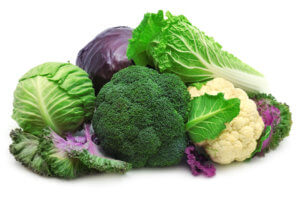
You can get sulforaphane from eating any type of cruciferous vegetable, but there’s one type that stands far above all the rest: broccoli sprouts.
As you may have noticed, nearly all of the clinical trials on sulforaphane used a version that was derived from broccoli sprouts. This is because they contain up to 100 times more sulforaphane (in the inactive form of glucoraphanin) than any other cruciferous vegetable.
If you want to get technical, the highest amount of sulforaphane appears to be in 3-5 day old sprouts. (But you really don’t need to get that specific!)
Broccoli is the next best source of sulforaphane. You can also get it from any of these vegetables:
- Cauliflower
- Kale
- Brussels sprouts
- Cabbage
- Bok choy
- Arugula
- Watercress
- Kohlrabi
- Mustard greens
- Collard greens
Getting the Maximum Amount of Sulforaphane
As mentioned at the beginning of this article, sulforaphane is found in cruciferous vegetables in the inactive form of glucoraphanin. It must be activated by chopping, cutting, chewing, etc. and is very heat sensitive.
This means that to get the maximum benefits of sulforaphane from food, you should be eating cruciferous vegetables raw or lightly steamed. The highest amount of sulforaphane is in raw veggies, but cooking at temperatures below 284°F also keeps a good amount of this compound intact.
Steaming broccoli and other cruciferous vegetables for just 1-3 minutes is ideal if you want them to be cooked.
If you need to cook vegetables longer than this (for better digestion, etc.), newer research has shown that adding powdered mustard seed, which is naturally rich in myrosinase, increases the bioavailability of sulforaphane in cooked broccoli.
The Best Way to Get Sulforaphane Without Eating Broccoli
Let’s face it. Some people will never eat their broccoli (or any other cruciferous vegetable), no matter how good it is for them.
Many more won’t eat enough cruciferous veggies.
Plus, this family of vegetables can also be notoriously hard on the digestion, meaning some people simply can’t eat broccoli and the like.
The good news is that there’s another excellent way to get sulforaphane: BrocElite.
BrocElite is a very high quality supplement that contains a very bioavailable form of sulforaphane derived from non-GMO broccoli seeds. It contains pure sulforaphane (no fillers) without the fiber that makes cruciferous vegetables so difficult to digest for many people.
Most sulforaphane supplements on the market are practically useless because sulforaphane degrades quickly, making it not shelf stable
BrocElite uses unique patented technology to make their supplement both highly bioavailable and stable so that your body can actually receive the full benefit of sulforaphane. In fact, you can get the equivalent of 3 ounces of broccoli sprout juice in just two capsules.
Learn more about the sulforaphane supplement BrocElite here, and make sure you include this valuable plant compound in your diet!
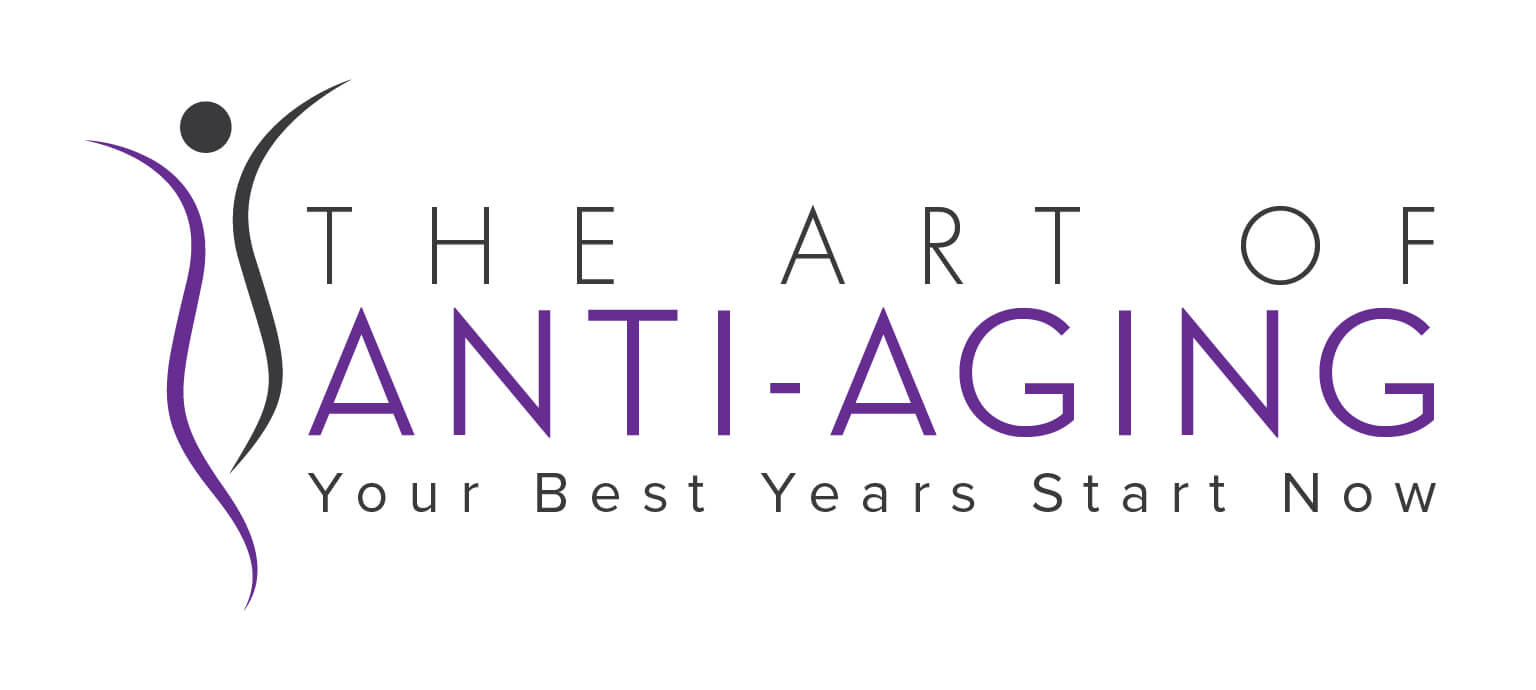

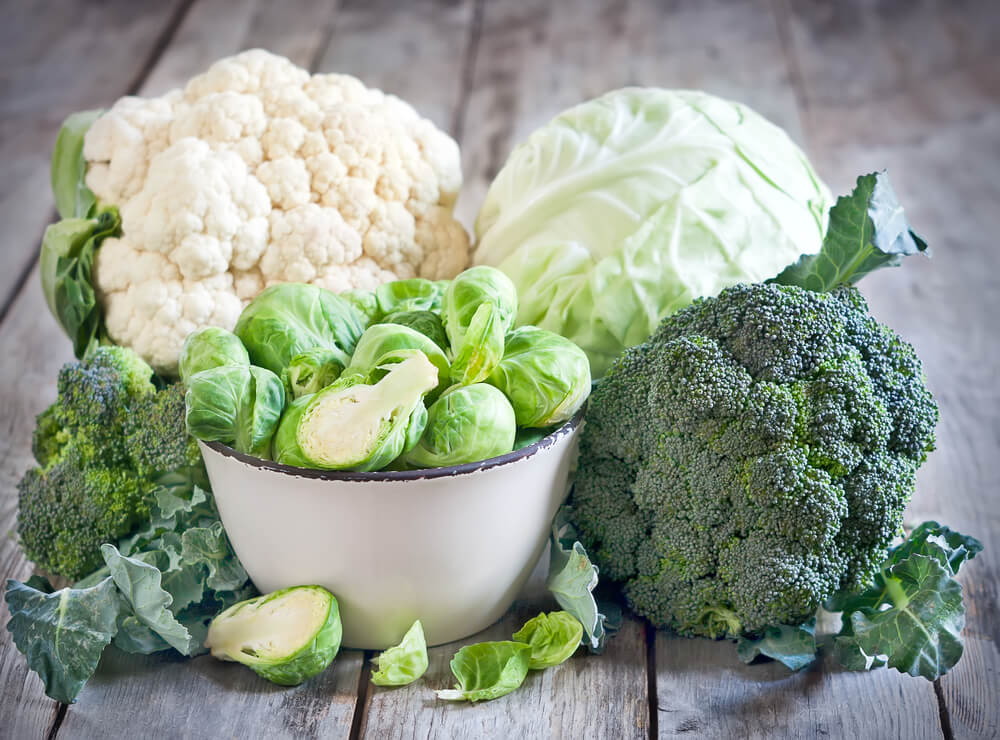
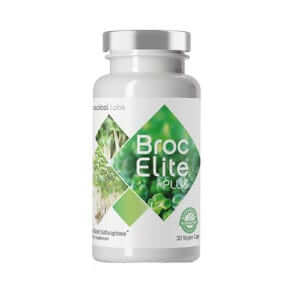
It is also the glyphosate detoxifier (e.g. by dr. Stephanie Seneff and Jeremy Smith).
Fantastic article! I eat these veggies every day, but didn’t know the damage that heating does, although I have been steaming them. I shall now steam them for 3 minutes or less. Thanks for the great information this article contains.
We have recipes, in Kerala, for steamed cabbage and some other leafy vegetables too. You shred the cabbage fairly finely.
Chop some onion, 1 or 2 green chillies, Heat some coconut or any oil you like. When hot, throw in the onions, and fresh green chillies chopped. some mustard seed, which must split, a few fresh curry leaves, some fresh grated coconut, Add in the grated cabbageMixx and let it steam for a few minutes. Take off while still tender but crisp.
Sounds delicious. Thanks
A very interesting arrival;thank u.
I love this dish. It is cabbage thrown, right?
Will definable try this.
Thanks, very informative! I enjoy eating all of these vegetables with sulforaphanes.
I’m a microgreens farmer. I love love love my broccoli micros. I add them to smoothies and just eat them by the handful.
Just starting with microgreens and want to do broccoli. What is considered a serving in microgreens?
Being a lung cancer survivor, I grow my own broccoli green and put them in everything, soup salad, juices, I go through a 10×20 flat in 3 days.
Wow! Want to start with microgreens!
Very interesting! I also shared this with my audience! Amazing.
You did not mention Broccoli sprouts. They are the best source of Sulforaphane. And they taste great raw and do not need to be cooked.
Hi Bob, broccoli sprouts were the first food mentioned in the “Best Food Sources” section in the article above. They are, indeed, the best source — and agree, taste great raw. Great on salads!
Hello Brian,
Thanks for the information on cauliflower and broccoli. I also did not know
to steam vegetables at at a low level. I like both of these vegetables and
will continue to eat more of them. I hope it affects my brain in a positive way.
Thanks,
Darby
Why can’t I buy broccoli sprouts in Dublin,Ireland? I can get tender stem broccoli ,etc but not Broccoli Sprouts.
https://www.youtube.com/watch?v=3SHS0gWlTHE
So easy to grow your own.
They are so easy to grow, check online. Not sure where you would order the seeds in Ireland. Growing your own you also know exactly how fresh they are.
You can buy them on amazon and they grow in 5 days…indoors. Then you have your own!😊
Thank you! Awesome info.
Sulforaphane rich vege is very hard to digest. It is a very good information and handy tipes. Thanks for providing these rich information in community.
Hi Brian,
Thank you for this excellent article. I am already growing my brocoli greens, but I will pay attention to eating the cruciferous raw or very lightly steamed…
Thank you for this.
Very useful information. You all inspired me. I would love to do broccoli sprouts.
Thank you,
Maria
Me Too
What about fermented cruciferous vegetables like Kim chee, a favorite of mine? Do they count as raw?
A really great in-depth article on the goodness of cruciferous. Thank you Brian & Team
Eat a lot of these veggies. Thanks for the good info
Where can I buy Broc Elite plus? Thank you.
Great info. Thanks, Scarlett
Have some broccoli seeds to sprout so thank you for the info. will get on with growing them!!
Hi Brian
I steam just about all my veggies. But what happens if you use frozen broccoli florets? They need at least 20 minutes. Is the sulfphoraphane deactivated? I also take Brocelite every day.
Have been putting mustard on my broccoli for decades not knowing it was good for me!
Love your articles. Thanks
Thanks so much Brian, always love you health conscious newsletter…
Awesome article Brian..
Thank you.
Will have some tomorrow. Yum.
I love my cruciferous veggies raw! For years, I have been eating them raw, and so-called “experts” have been saying one gets the most nutrients from these veggies when they are cooked. Obviously, those folks have been wrong.
While there are supposedly some veggies that should be cooked to maximize the availability of certain of their nutrients, it’s important to keep in mind that these veggies contain a variety of nutrients, some of which are more heat-sensitive than others. If it is the case that cooking makes certain nutrients (lycopene in tomatoes?) more bioavailable, others can be destroyed by heat. Eat a variety of both raw and cooked foods to get a variety of nutrients.
Enjoy your health articles.Through the comments of your followers I found the most practical,easy way of growing sulforaphane dense brocolli sprouts.
Always amazed with youe gifts of jokes.Bless you and your team.
I love broccoli sprouts! I mix them with clover sprouts and eat them on a salad almost every day! So good for you. God sure knows how to create amazing things:) If you never tried sprouting seeds, give it a whirl. It’s super duper easy. I also love raw cauliflower, yummy. Thank you for doing this article.
Thank you for the information!
I also learned we can blenderize vegetables such as raw broccoli for increased nutrients.
Loved the article